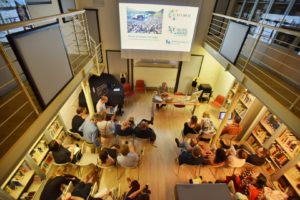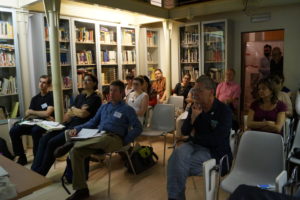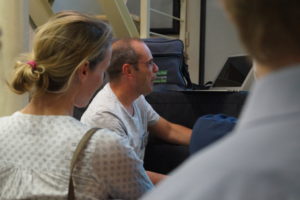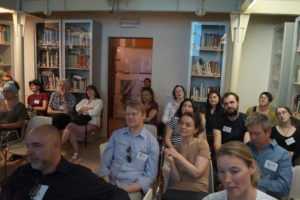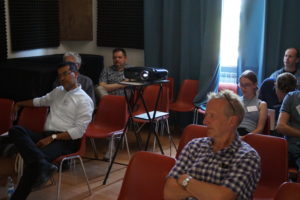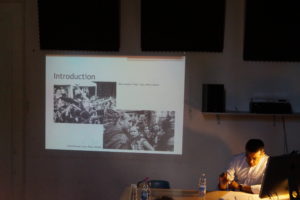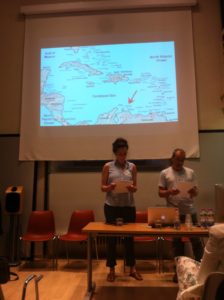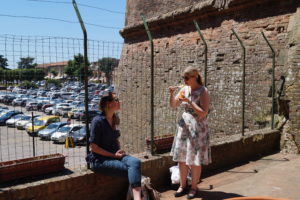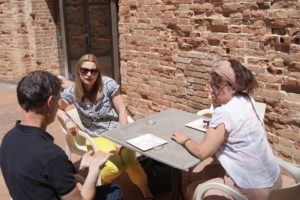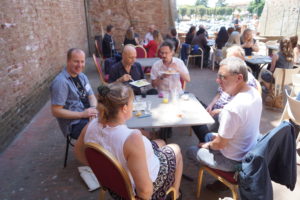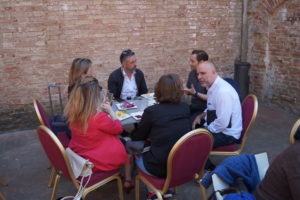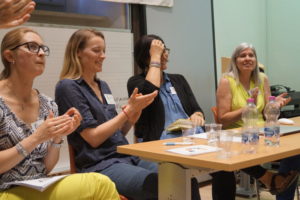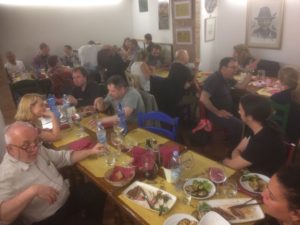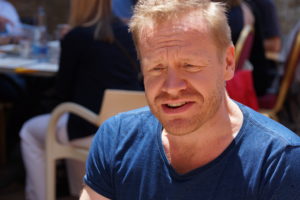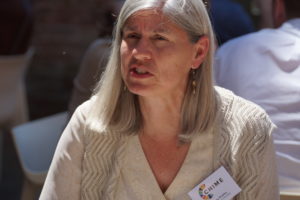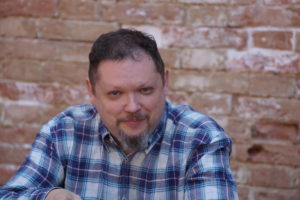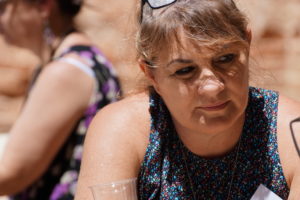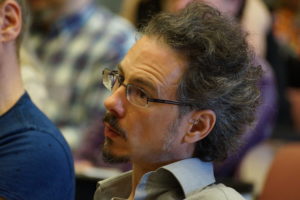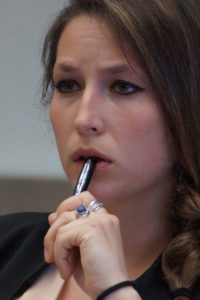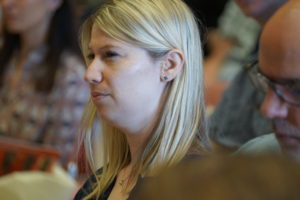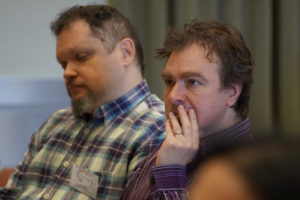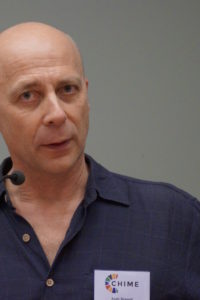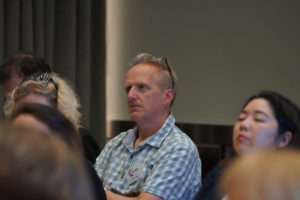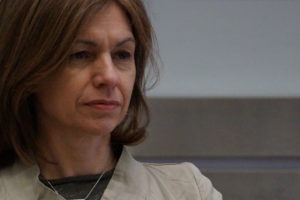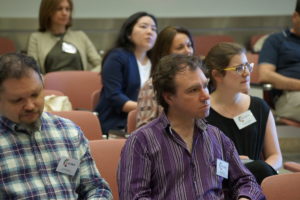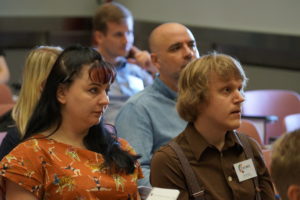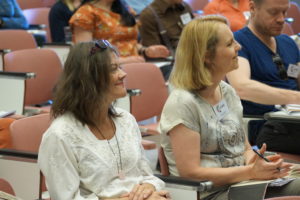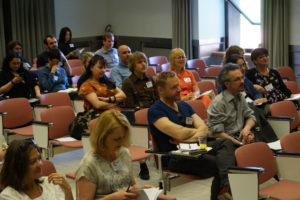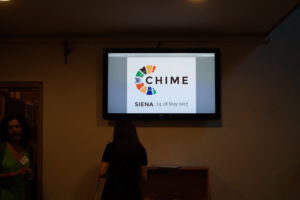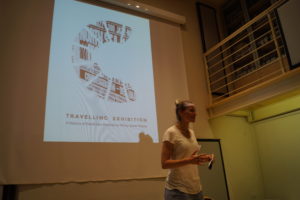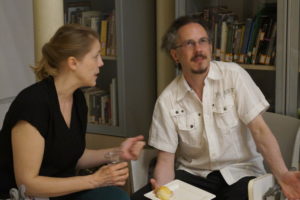Month: May 2017
Welcome to our Music, Festivals, Heritage conference, Siena
 This week the major international gathering of the CHIME project takes place, in Siena, Italy. We welcome everyone attending and contributing. Our conference, titled Music, Festivals, Heritage, seeks to explore a number of key themes, questions or problems for the field, including:
This week the major international gathering of the CHIME project takes place, in Siena, Italy. We welcome everyone attending and contributing. Our conference, titled Music, Festivals, Heritage, seeks to explore a number of key themes, questions or problems for the field, including:
- Established and innovative uses of heritage sites and public spaces
- Festival sites and cultural memory
- Transformations of place: music festivals as utopian sites
- Questions of music genre (e.g. jazz, opera, folk, rock, classical) and the construction of heritage at festival
- Festival as dull culture: repetition, predictability, boredom
- The tension between the conservation and the use of heritage sites
- Festivals and cultural tourism
- New models of engagement between festivals and cultural heritage
- Festivals as sites that explore the relationship between tangible, intangible and digital heritage
- Critical perspectives from festival programmers, producers, organisers
- The mediation and representation of (heritage and) festival
- Festival as exclusive community; festival as marginal space
- From carnivalesque to festivalisation: theoretical approaches and questions of festival
- The cultural politics of festival sites.
 Our location is the Siena Jazz Archive, which holds the most important specialised collection in Italy; it includes more than 25,000 sound and video items, over 2,000 books, and thousands of magazine issues including the only complete collection of the Musica Jazz magazine. Here is a feature in the Italian press about the conference.
Our location is the Siena Jazz Archive, which holds the most important specialised collection in Italy; it includes more than 25,000 sound and video items, over 2,000 books, and thousands of magazine issues including the only complete collection of the Musica Jazz magazine. Here is a feature in the Italian press about the conference.
We are hugely excited about the international conference here in historic and beautiful Siena this week, in collaboration with the Siena Jazz Archive. The conference is a major part of our EU Heritage Plus programme CHIME project. We are delighted to be hosting around 70 speakers coming from 23 countries across Europe, Canada and the US, South Africa, Colombia, and Australia. We look forward to stimulating, enjoyable and productive discussions around music, festival and heritage from the perspectives of academic research, the festival and music industries, and cultural policy.
How is CHIME chiming? Visualising impact in 2015 and 2017
The impact of our research is important for us as researchers, for our industry and public partners, and for our funders—from the inception event at the EFG London Jazz Festival (a project partner) in November 2015 on we have been talking about impact as well as ‘doing’ it. In fact if you click the following link you can see and download the short presentation I gave about what ‘impact’ means and its scope in the British research landscape from that first event.
CHIME inception day Nov 20 2015
We wanted to capture and to easily visualise a sense of impact as a process through the development of the project. We thought a simple infographic-style map could do that, and gathered information from each researcher about their key collaborative relationships and anticipated work at the start of the project, and asked them to update that a year or so later. So we have produced two impact maps to date, one from November 2015 and second from March 2017. The aim is to capture how the work packages have developed as work is undertaken and activities completed. The maps capture the project’s scope (how CHIME is indeed chiming), but also in a way they visualise its development, its story. Here are our impact maps, side-by-side, 2015 and 2017.

Rachel Daniel, my AHRC Connected Communities administrator, who also happens to be a creative artist and researcher (see Rachel’s own work exploring drawing and medicine here), made the maps happen. We thought about using Coggle or some other infographic/mapping programme, but in the end it didn’t need to be done like that, and she used Adobe Illustrator actually. So relatively simple, I’m told—though I gather the second one was slightly (…) more fiddly. Thank you, Rachel.
Gathering the information from each researcher, and then selecting from what each submits, and double-checking with them that we’ve got it right, takes a bit of time. From one of the team we received an email headed ‘Can you read this?’ and a photo attached of a pen-on-paper sketch of her collaborations on the project. Yes, we could.
